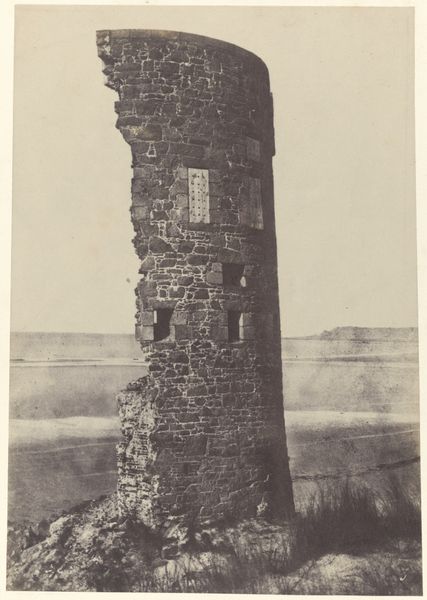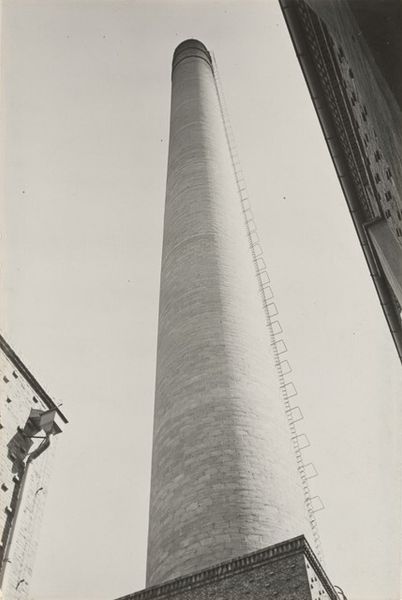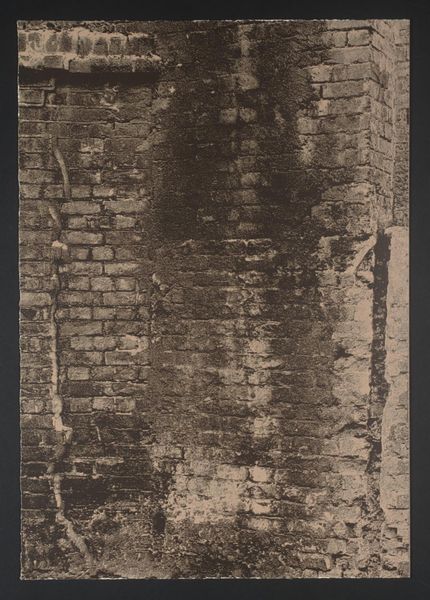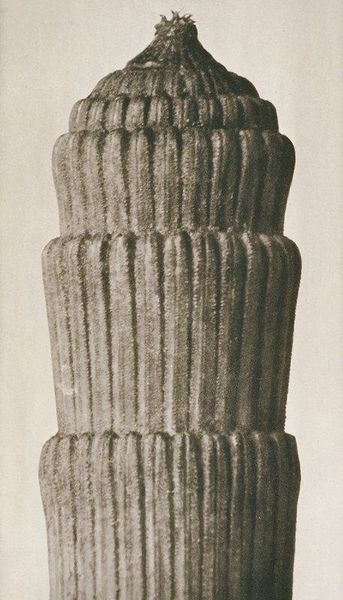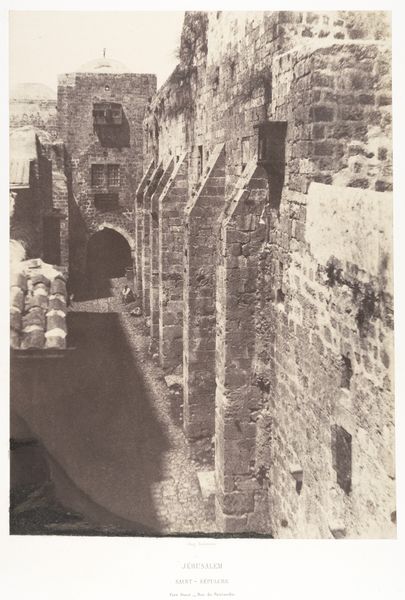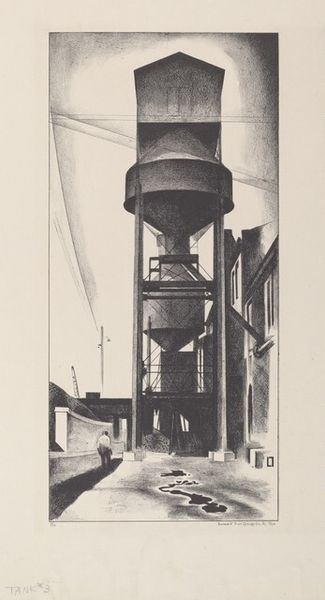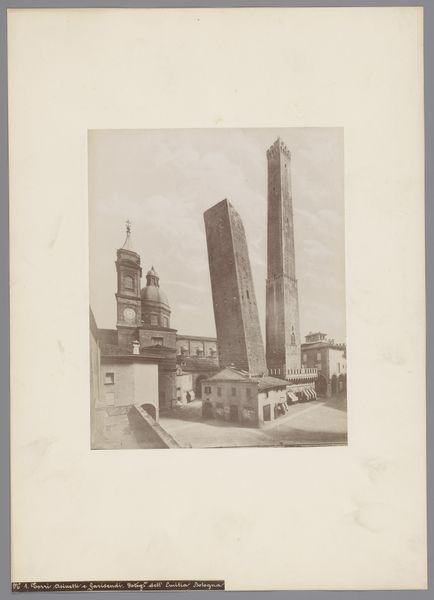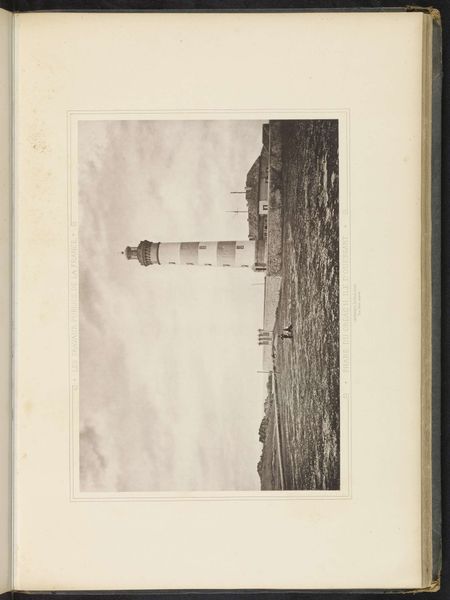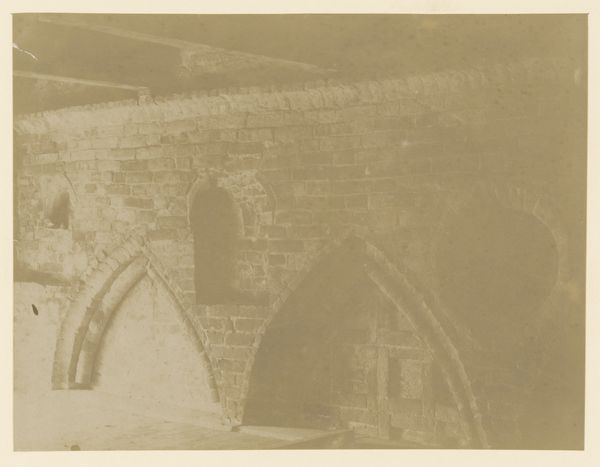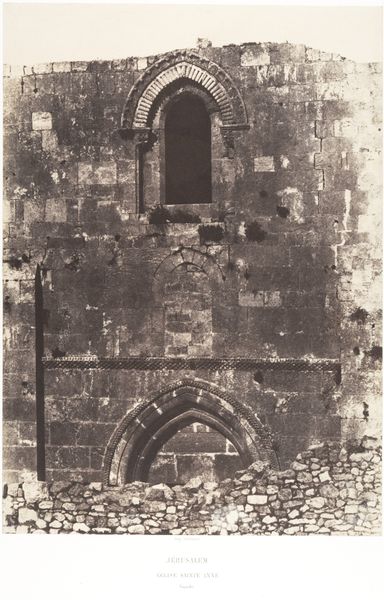
photography
black and white photography
black and white format
photography
black and white theme
black and white
monochrome photography
cityscape
monochrome
realism
monochrome
Dimensions: overall: 25.2 x 20.3 cm (9 15/16 x 8 in.)
Copyright: National Gallery of Art: CC0 1.0
Editor: This black and white photograph, captured by Bill Brandt around 1937, is titled "\"Bottle\" Kilns in the Potteries, Stoke-on-Trent." It features these imposing brick structures dominating the skyline. There’s something bleak and industrial about it. What stories do you see within this piece? Curator: Brandt’s image is a stark reminder of labor and industry in a specific time and place. Beyond a simple documentation, I think this image prompts questions about the social and economic impact of industrialization. How does it feel to know that these kilns were the lungs of a community, vital for its economic survival, yet also symbols of environmental and human cost? Editor: I hadn’t considered that tension. So, you see these kilns as more than just objects in a landscape? Curator: Exactly. Consider the workers who toiled within these structures, often facing dangerous conditions. The image becomes a portrait of working-class lives. Also, what does it mean to capture this scene during the late 1930s, on the eve of World War II? What sociopolitical anxieties might Brandt have been responding to? Editor: So, Brandt is perhaps capturing a specific moment of both pride and precarity. Were these industrial scenes common subjects for photography at the time? Curator: To an extent, yes. Photography was increasingly being used for social documentation. However, Brandt's framing seems particularly sensitive to the human element, or rather the potential absence of it amidst such monumental structures. Think about how gender and class dynamics play into these narratives. Editor: That's a powerful point. Thinking about the socio-economic context really enriches my understanding of the photograph beyond just its aesthetic qualities. Curator: It's about unveiling the complex layers and reclaiming the voices often left out of dominant historical narratives, seeing art as an entry point to historical understanding.
Comments
No comments
Be the first to comment and join the conversation on the ultimate creative platform.
